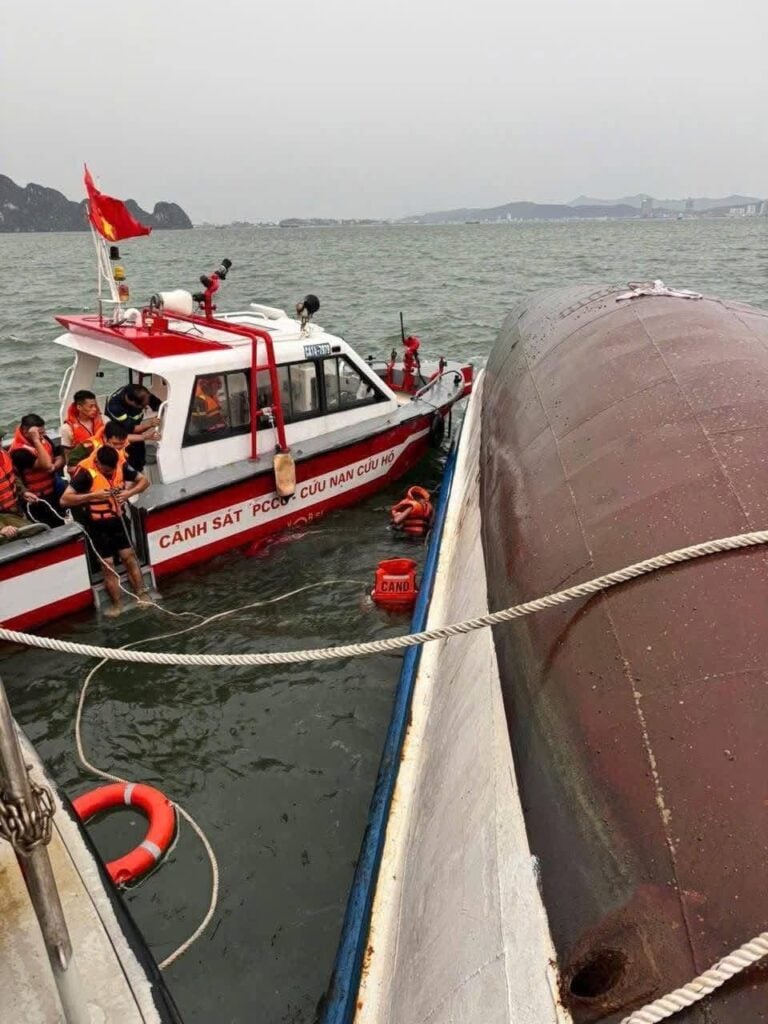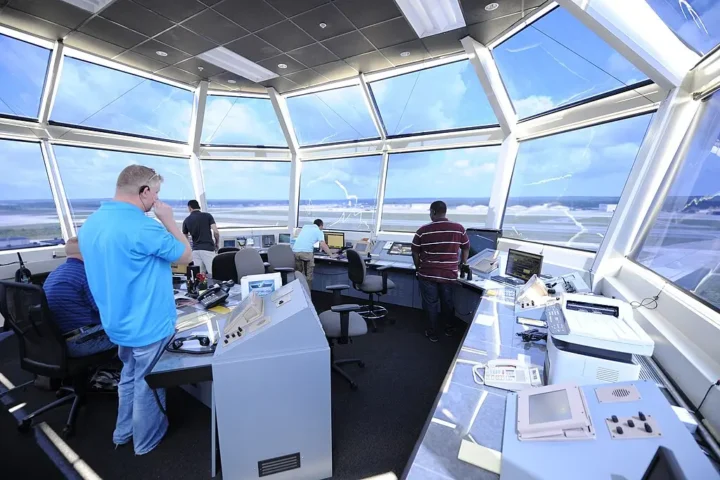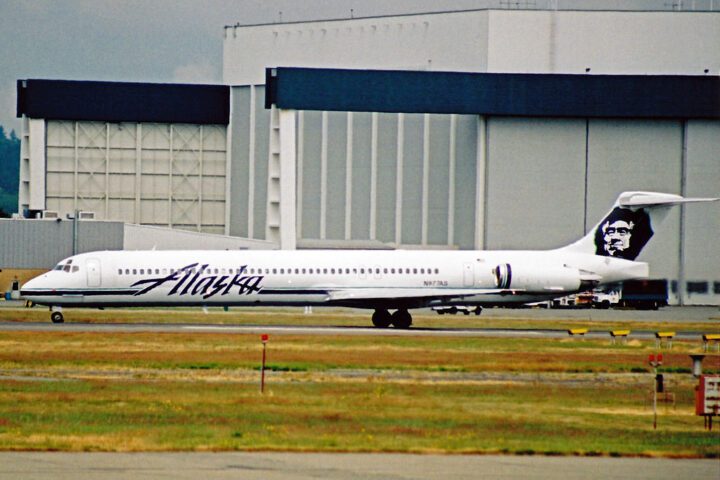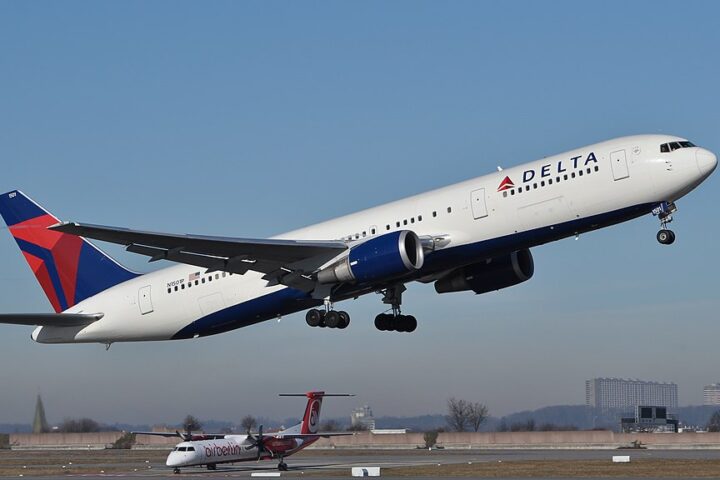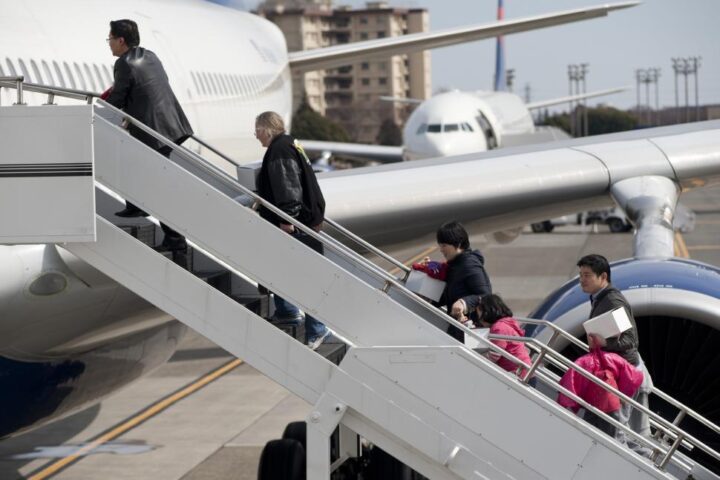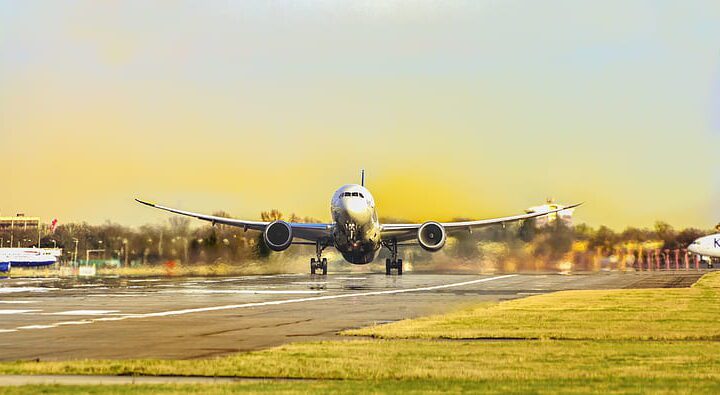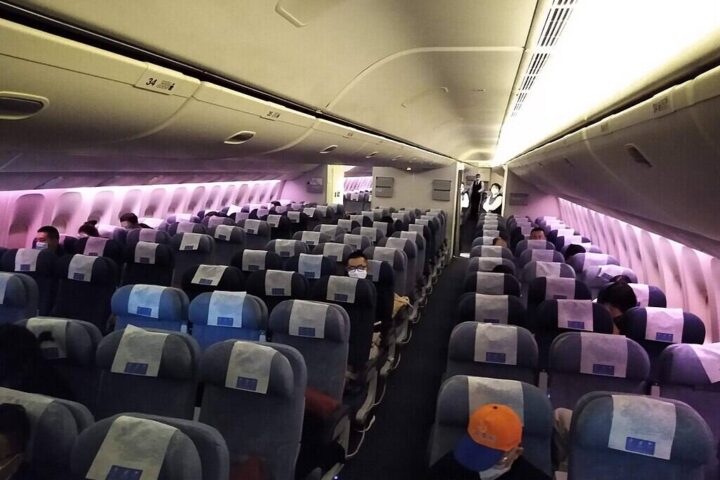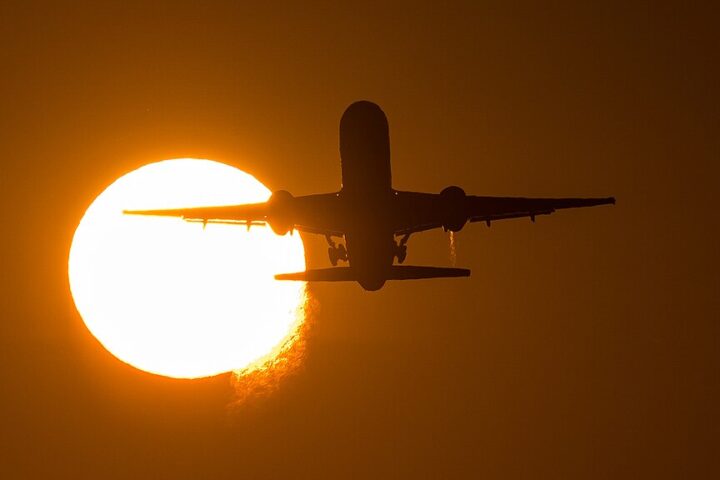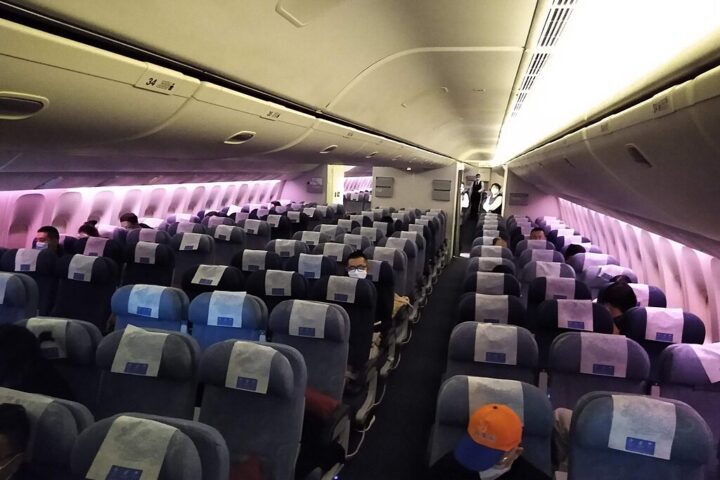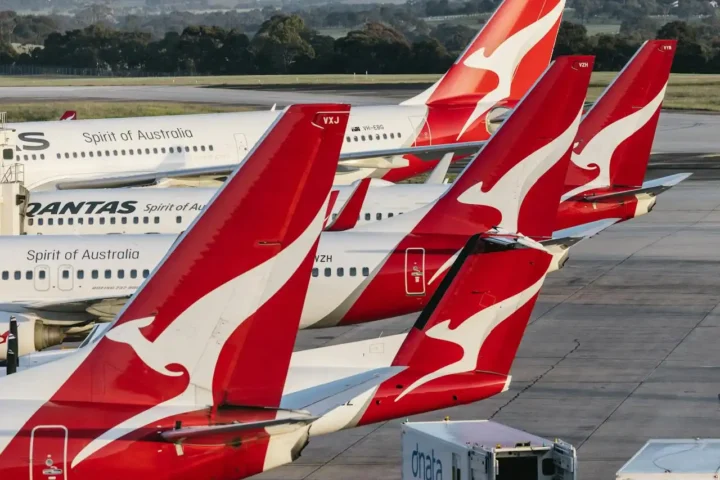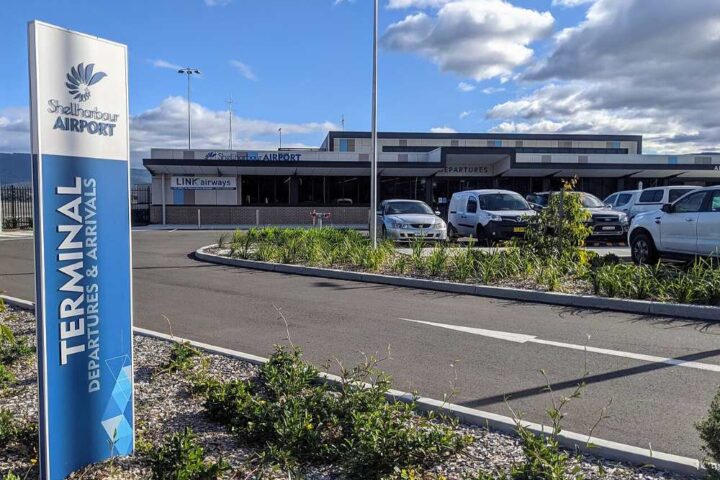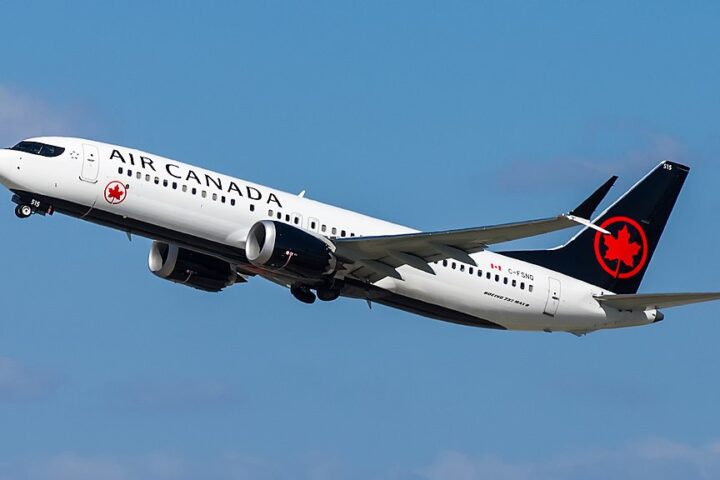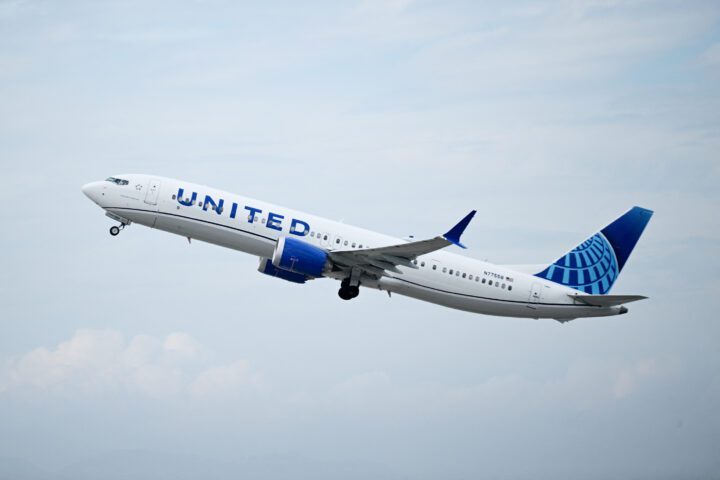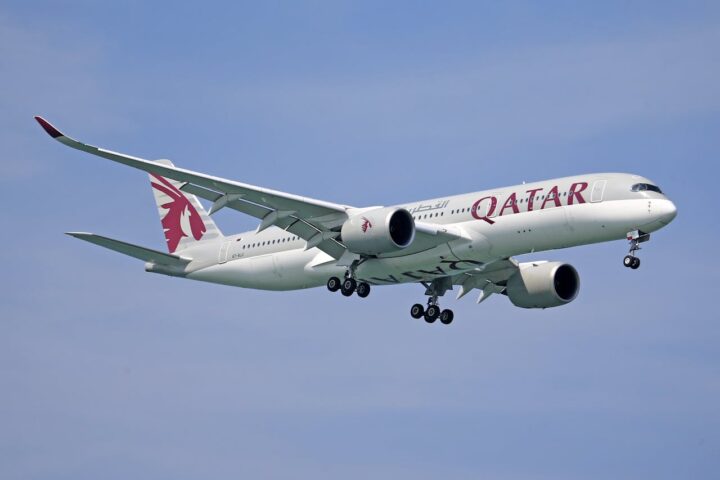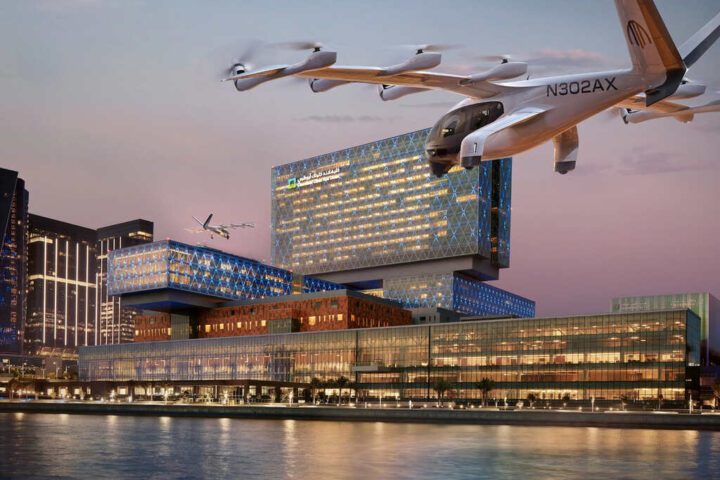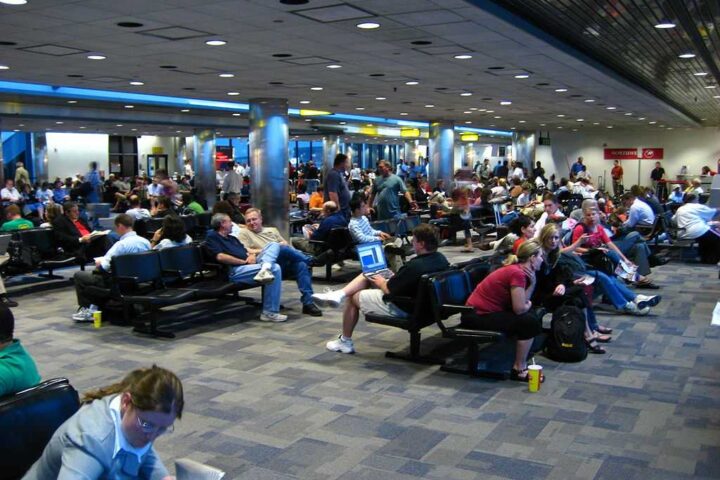The aviation world remains fixated on the June 12, 2025 crash of Air India Flight 171, as investigators piece together the final moments of the Boeing 787 Dreamliner. The catastrophic accident claimed 260 lives – 241 on board and 19 on the ground – marking the first fatal crash involving Boeing’s flagship widebody since it entered service in 2011.
“Why did you cut off?” one pilot asked, with the other replying “I did not do so,” according to the cockpit voice recording cited in the preliminary report from India’s Aircraft Accident Investigation Bureau (AAIB). This exchange, captured without identifying which pilot said what, has placed this crash at the center of an international investigation.
The Final Moments
Flight AI 171 departed Ahmedabad for London Gatwick at 13:38 IST (08:08 UTC) under visual meteorological conditions with proper weight and balance. According to the AAIB preliminary report:
The aircraft started its takeoff roll at 13:37:37 IST and lifted off about four seconds after reaching takeoff speed of 155 knots at 13:38:35. At 13:38:42 IST, as the aircraft reached its maximum recorded airspeed of 180 knots, both engines’ fuel control switches moved from “RUN” to “CUTOFF” position one after another with a time gap of 1 second.
With both engines losing power, airport CCTV and flight recorder data showed that the Ram Air Turbine (RAT) deployed automatically at 13:38:47 IST, supplying emergency hydraulic and electric power.
At 13:38:52 IST, the fuel switch for Engine 1 was returned to “RUN” position, followed by Engine 2’s switch at 13:38:56 IST. The engines’ Full Authority Digital Engine Control (FADEC) systems automatically attempted restart sequences, but there wasn’t enough time for full recovery.
At 13:39:05 IST, one of the pilots transmitted “MAYDAY MAYDAY MAYDAY.” The flight data recorder stopped at 13:39:11 IST when the aircraft struck the BJ Medical College Hostel, approximately 32 seconds after takeoff.
Two Competing Theories
Aviation investigators are examining two primary theories:
The “Pilot Action Theory” examines whether one of the pilots might have moved the switches. These aren’t switches that move easily – they require deliberate upward pull before movement and are guarded by brackets on either side to prevent accidental contact.
The “System Malfunction Theory” considers potential electronic or software glitches. Some aviation experts have noted that automated systems on modern aircraft have, in rare cases, been known to malfunction in unexpected ways. While no similar system is implicated here, the possibility of an electronic anomaly hasn’t been ruled out.
It’s important to note that a January 2019 All Nippon Airways (ANA) Boeing 787 incident that’s sometimes mentioned in this context involved engines shutting down after touchdown during landing – not during flight – due to the Thrust Control Malfunction Accommodation (TCMA) system activating when thrust reversers were deployed. This is a different scenario from what occurred with Air India 171.
The Technical Context
A 2018 FAA Safety Advisory Information Bulletin (SAIB NM-18-33) had warned about Boeing 737/787 fuel switches installed with locking features disengaged. Air India acknowledged that it had not carried out the suggested inspections as the bulletin was advisory and not mandatory.
On July 11, 2025, the FAA issued a Continued Airworthiness Notification stating: “although the fuel control switch design, including the locking feature, is similar on various Boeing airplane models, the FAA does not consider this issue to be an unsafe condition that would warrant an Airworthiness Directive on any Boeing airplane models, including the Model 787.”
The Critical Switch Design
The 787’s fuel-cutoff switches incorporate a stop-lock mechanism requiring pilots to lift a spring-loaded detent before moving the switch – a safety feature designed specifically to prevent inadvertent activation.
On the flight deck, these switches are located on a center pedestal between the two pilots, behind the throttle levers. During normal flight operations, these switches remain in the “RUN” position and are only moved to “CUTOFF” during engine shutdown procedures after landing.
Maintenance records show the aircraft (registration VT-ANB) had its throttle control module replaced in 2019 and again in 2023, following Boeing’s Maintenance Planning Document requiring replacement every 24,000 flight hours. However, these replacements were not related to the fuel control switches, and no defects concerning the switches had been reported since 2023.
Wreckage Analysis Findings
The AAIB report noted several key findings from the wreckage examination:
Both fuel control switches were found in the “RUN” position at the crash site, confirming the crew’s attempt to restore fuel flow.
The thrust levers were found in the idle position when recovered; however, flight recorder data showed that both throttles had been kept at takeoff thrust until impact, suggesting they moved during the crash.
The flap handle was found “firmly seated in the 5-degree flap position, consistent with a normal takeoff flap setting.”
No significant bird activity was observed along the flight path, and fuel quality tests showed no contamination.
The Flight Crew
Captain Sumeet Sabharwal, 56, had accumulated approximately 15,600 flight hours, including nearly 8,600 on the Boeing 787.
First Officer Clive Kunder, 32, had around 3,400 hours, with approximately 1,100 on the 787. As the flying pilot during takeoff, he was responsible for the flight controls while Sabharwal handled systems monitoring.
The AAIB report did not specify which pilot made which statement in the cockpit voice recording.
Global Response
NTSB Chair Jennifer Homendy criticized media speculation as “premature and speculative,” emphasizing the complexity of dual-engine loss investigations.
On July 17, the AAIB released an appeal discouraging speculation from the public and the media, raising concerns about sections of the international media attempting to draw conclusions through selective and unverified reporting.
The International Federation of Air Line Pilots’ Associations (IFALPA) cautioned against speculative media narratives, urging reliance on complete data rather than selective paraphrasing.
The Human Impact
Vishwashkumar Ramesh, a 40-year-old British national of Indian origin seated in 11A, became the crash’s sole survivor.
The human toll extended beyond the aircraft – nineteen people on the ground lost their lives when the Boeing 787 struck the medical college, with 67 more suffering serious injuries.
Among the 241 fatalities on the aircraft was Vijay Rupani, the former Chief Minister of Gujarat (2016-2021).
Business Response
The Tata Group, Air India’s parent company, announced compensation to the families of those who died, including victims on the ground.
Air India retired flight number AI171 and its reciprocal AI172, and began to refer to the Ahmedabad–London Gatwick route as AI159 and AI160 respectively. According to multiple sources, the airline also announced that from August 1 to September 30, 2025, it will operate three weekly flights between Ahmedabad and London Heathrow, replacing the current five weekly flights between Ahmedabad and London Gatwick. This is part of Air India’s phased resumption of services following the accident.
Air India suspended numerous wide-body flights to perform government-mandated safety checks on its Boeing 787 fleet, with a full schedule recovery expected by October 1, 2025.
Boeing’s stock prices fell following the crash. CEO Robert K. “Kelly” Ortberg, who took over from Dave Calhoun in August 2024, sent a team of experts to aid investigators and expressed condolences to the victims.
Investigation Continues
The Air India 171 investigation continues, focusing on forensic analysis of the fuel switches’ physical and electronic behavior. The AAIB’s methodical approach reflects aviation’s standard practice of thorough, deliberate investigation.
At this stage, the AAIB report noted “there are no recommended actions to B787-8 and/or GE GEnx-1B engine operators and manufacturers,” suggesting investigators haven’t identified systemic flaws requiring immediate action.
The final report, expected within a year, will determine whether responsibility lies with maintenance decisions, cockpit actions, or engineering design. As this painstaking work continues, the aviation industry watches closely, knowing that every detail matters in preventing future tragedies.

